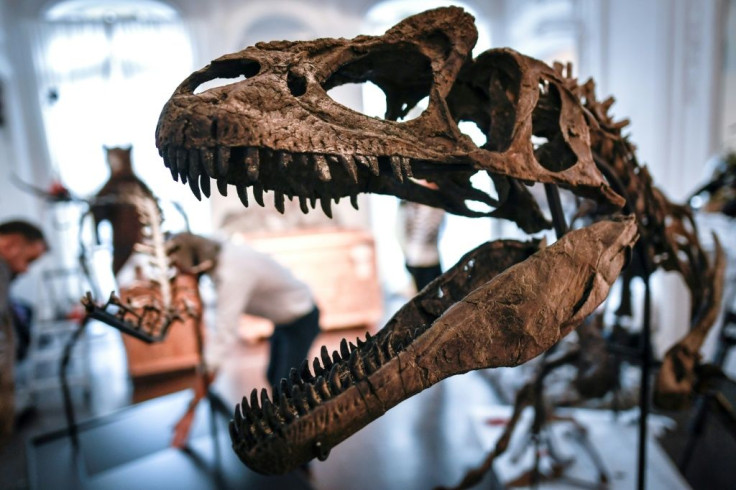Cancer That Afflicts Humans Discovered In Unearthed Dinosaur

KEY POINTS
- Researchers analyzed the fossilized bone of a dinosaur
- The dinosaur was diagnosed with a malignant type of cancer
- Osteosarcoma is a type of cancer that is known to afflict humans
Researchers discovered that the unearthed bone of a dinosaur had traces of a type of malignant cancer with crippling effects that still afflicts humans today.
The researchers made the discovery by studying the fibula or lower leg bone of a horned dinosaur known as Centrosaurus apertus, which was unearthed in Canada’s Dinosaur Provincial Park in Alberta in 1989. When the bone was first discovered, scientists initially thought that the misshapen part of the bone was a sign of a healing fracture.
Using modern technology, a group of researchers was able to analyze the characteristics of the fossilized bone. The team, which is composed of professionals from the fields of paleopathology, orthopedic surgery, radiology and pathology, noted that the malformed feature on the bone signified that the dinosaur suffered from a type of cancer known as osteosarcoma.
They made the confirmation after carrying out a CT scan and comparing the dinosaur bone to the fibula of an individual diagnosed with osteosarcoma. The researchers presented their findings in a study published in the journal The Lancet Oncology.
Osteosarcoma is a malignant cancer that affects the bones. It appears as an overgrowth if disorganized bone that spreads to different parts of the body.
Dr. Mark Crowther, a co-author of the study, explained that finding evidence of an aggressive form of cancer such as osteosarcoma in dinosaurs is very rare.
“Diagnosis of aggressive cancer like this in dinosaurs has been elusive and requires medical expertise and multiple levels of analysis to properly identify,” he said in a statement, CNN reported. “Here, we show the unmistakable signature of advanced bone cancer in (a) 76-million-year-old horned dinosaur -- the first of its kind. It's very exciting.”
Based on the findings, the dinosaur’s cancer was already at an advanced stage, which most likely had crippling effects on the animal. However, it is not yet clear if the dinosaur died due to the illness. The researchers believe other factors may have caused its demise.
“The shin bone shows aggressive cancer at an advanced stage,” David Evans, a co-author of the study, stated. “The cancer would have had crippling effects on the individual and made it very vulnerable to the formidable tyrannosaur predators of the time.”
© Copyright IBTimes 2025. All rights reserved.





















